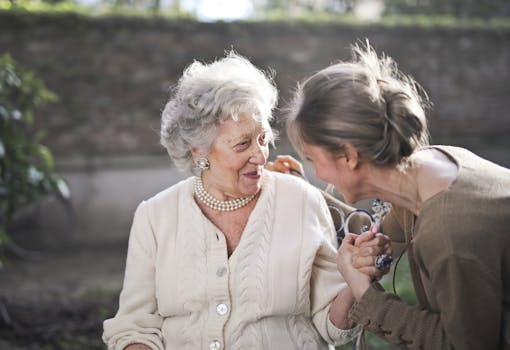How Wearables Are Revolutionizing Senior Care
As technology continues to advance, innovations have been created to enhance various aspects of our lives. One area that has greatly benefited from these advancements is senior care. With the introduction of wearables, seniors are now able to enjoy a better quality of life and receive more personalized care. These devices are equipped with various sensors and advanced algorithms that track data and provide important insights. In this article, we will explore how wearables are revolutionizing senior care and their impact on the well-being of seniors.
The Importance of Senior Care
With an aging population, the demand for senior care has significantly increased. According to the World Health Organization, the number of people aged 60 years and older is expected to reach 2 billion by 2050, which is more than triple the number recorded in 2000. With advanced age comes a decline in physical and mental abilities, making seniors more vulnerable to health complications.
Senior care is essential in ensuring that seniors receive the necessary medical attention, as well as support for their daily activities. However, traditional approaches to senior care often involve constant monitoring and regular check-ups, which can be costly and inconvenient for both the seniors and caregivers.
Introducing Wearables in Senior Care
Wearables have transformed the way we manage and monitor our health, and they have also revolutionized the senior care industry. These devices are designed to be worn on the body, collecting data on various health metrics such as heart rate, blood pressure, sleep patterns, and physical activity. This data is then relayed to a mobile app or cloud-based platform, where it can be analyzed and shared with caregivers and healthcare professionals for further assessment.
Wearables offer a less intrusive and more cost-effective approach to senior care, enabling caregivers to monitor seniors’ well-being remotely. This can provide the much-needed peace of mind for both seniors and their families, especially when the seniors are living alone.
Enhancing Safety and Fall Detection
Wearable Panic Buttons
Accidents and falls are major concerns for seniors, and they become more common as they age. With wearables, seniors can easily call for help in case of an emergency. Many wearables come equipped with panic buttons that can be activated by pressing a button or shaking the device. This feature ensures that seniors can quickly request assistance, should they fall or encounter any other emergency situation.
Fall Detection Sensors
In addition to panic buttons, some wearables also come with fall detection sensors. These sensors can detect when a fall occurs and automatically send an alert to caregivers or emergency services. This immediate response can save valuable time and prevent further injury or complications that may arise from delayed assistance.
Promoting Active Aging
Staying physically and mentally active is crucial for seniors to maintain a good quality of life. With wearables, seniors can track their physical activity levels and receive reminders when they need to be more active. This can motivate seniors to engage in regular physical activities, such as walking, and help them stay on top of their fitness goals. Wearables can also offer brain training exercises and cognitive games to keep seniors mentally sharp.
Closing Thoughts
Wearables are transforming senior care by providing a more efficient and personalized approach to managing seniors’ health. These devices have the potential to improve the lives of seniors and enable them to age in place while still receiving the necessary care. As technology continues to advance, we can expect even more innovative wearables to emerge, making senior care more accessible and effective than ever before.
In conclusion, the introduction of wearables in senior care has been a game-changer, and its impact will continue to be felt in the years to come. These devices offer seniors more freedom and independence, while also providing caregivers with valuable insights to better cater to their needs. As the senior population continues to grow, wearables will play a crucial role in ensuring their well-being and overall quality of life.











